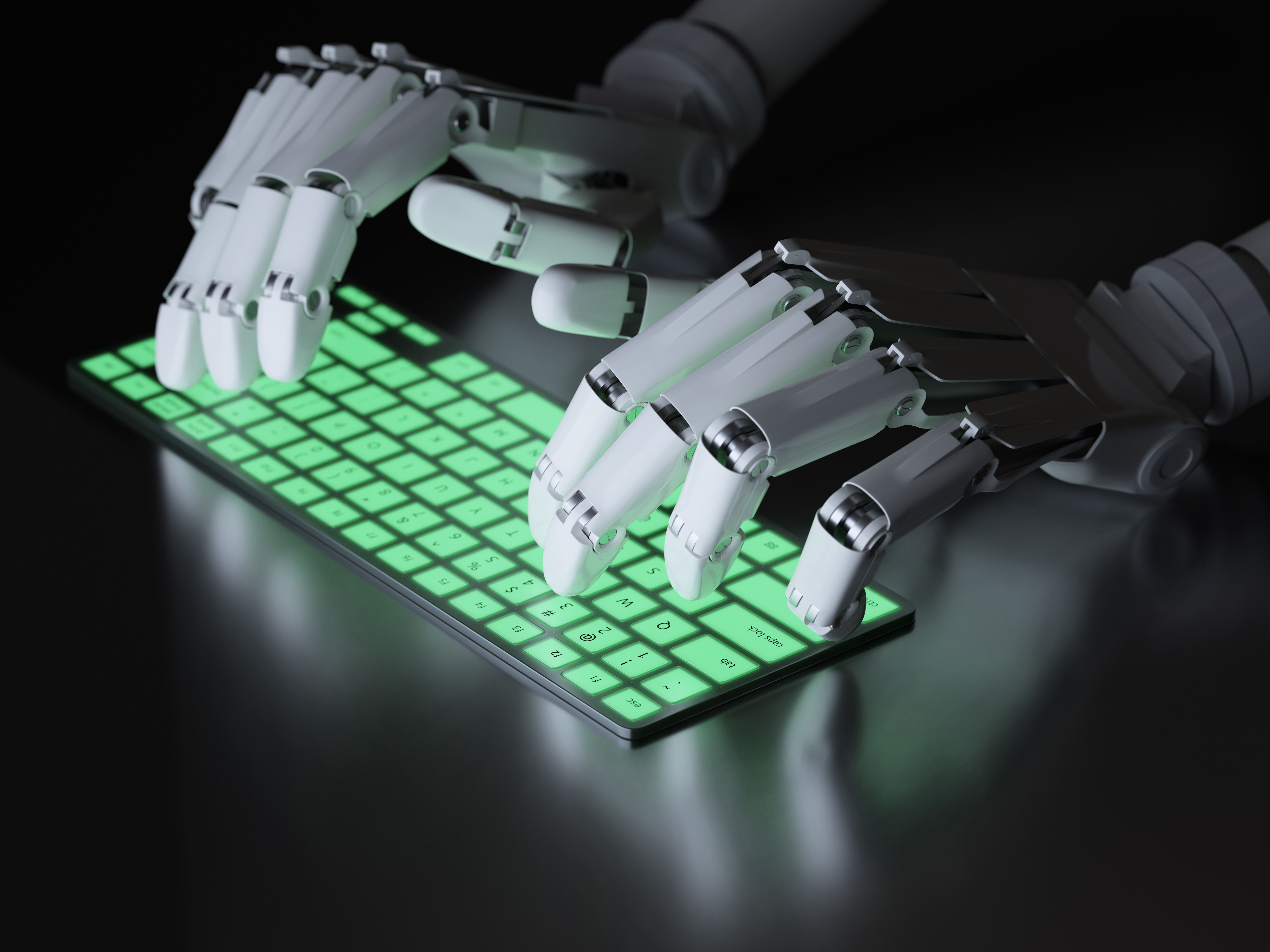
Here are a few recent reports of astounding things IT and AI can do:
- Amazon warehouses are so heavily automated it only takes about sixty seconds of human labor to pull, pack, and ship your order.
- Call centers can construct a profile of you while the phone is ringing.
- In our society, where if there isn’t video to illustrate and prove a story, the story didn’t happen, it is getting easier to fabricate video.
10/6/16 – CNN – Amazon only needs a minute of human labor to ship your next package – Astounding video to go with the article. I am amazed at the level of automation in their warehouses.
In a state-of-the-art facility, human labor is used at about three points in the packing process. Total time is estimated at around one minute per shipment.
Key driver of this is little robots, Kiva by name, that scoot out to a shelf of parts, pick it up the entire stack, and drive to the picker. A screen tells the picker what item to pull and what shelf the item is on. The picker clicks okay and the robot returns that stack of items back to its place. Another Kiva is lined up ready to move the next stack into place for picking.
That step alone increase productivity dramatically because the picker doesn’t have to walk up and down long rows finding an item.
After all the items for one order are put in a basket, basket goes on a conveyor belt to a packer.
The packer look at a screen which tells what size box is needed. Another device kicks out the exact length of tape needed to seal that box. The packer only needs to determine how many pieces of bubble wrap to use. The reporter says packers can get a box ready in about 15 seconds.
The sealed package goes down a conveyor belt and another machine slaps on the shipping label. The package doesn’t even slow down.
The packages continue down the conveyor belt. Scanners calculate when each package has reached the truck that it needs to go on. Bumper arms push the package off the conveyor belt down a chute to the truck where it will go.
A human puts the packages onto the truck.
Article says the use of robots allows for tighter packing of product which has increased storage capacity by 50%. Typical warehouse will hold 1.5 million items.
Astounding. You want to check out the article just to see the video. Gotta’ see those robots in operation to appreciate what a radical change that has made.
1/6/17 – Wall Street Journal – Call Centers May Know a Surprising Amount About You – While the phone is ringing the next time you dial a call center for customer assistance, software may be creating a quick profile of you in order to match you with an operator who is most likely to be successful working with you.
One particular company has installed the software in over 150 call centers. The software searches over 100 databases, such as LinkedIn, Facebook, credit databases, demographics of the area you are calling from, and your previous contact with the company. That information is matched with results of operators to assess which one is most likely to be successful in working with you.
The upside is the very likely possibility of getting better results, whether that is solving a problem, addressing the complaint, or selling more services. The downside, as raised in the article, is a possibility of some bias or discrimination in how callers are assigned to operators.
The operators are not told why a particular call was routed to them.
So, the next time you connect with a call center, consider the company may have already constructed a detailed profile of you before you even talk to anyone.
12/20 – The Verge – Artificial intelligence is going to make it easier than ever to fake images and video – A product called Smile Vector can create a smile on any photograph of a person. Concept is to grab a photo of a celebrity off the ‘net and add a smile. Artificial intelligence modifies the lips, teeth, cheek shape, eyes and eyebrow position. Fifteen examples in the article show the concept. In a low-resolution 1” by 1” photo it looks good.
This shows the range of what is going on with AI. There will soon be the ability to modify video and audio, perhaps in real-time.
The scary part here is our society has transitioned to the place where if there’s no video to illustrate the story, an event didn’t happen. Without video, TV news probably won’t cover a story.
It is already hard enough to tell whether any news outlet is giving us the story straight. Image how tough it will be to assess the reliability of news coverage when video and audio can be altered or outright fabricated.